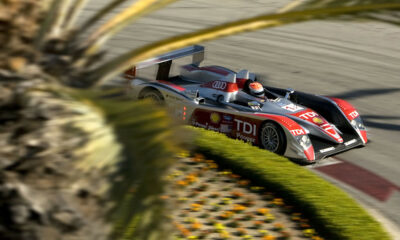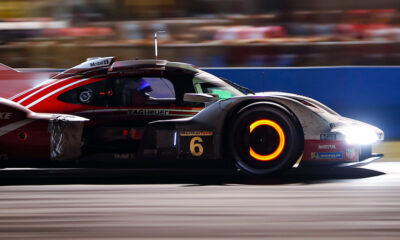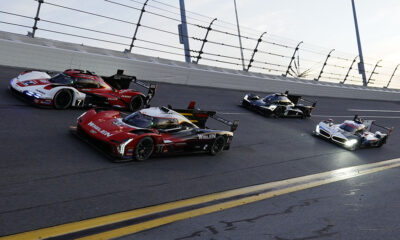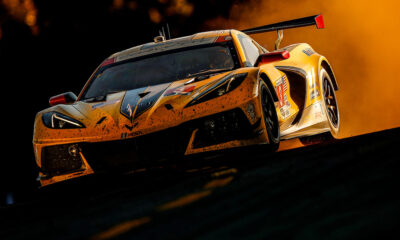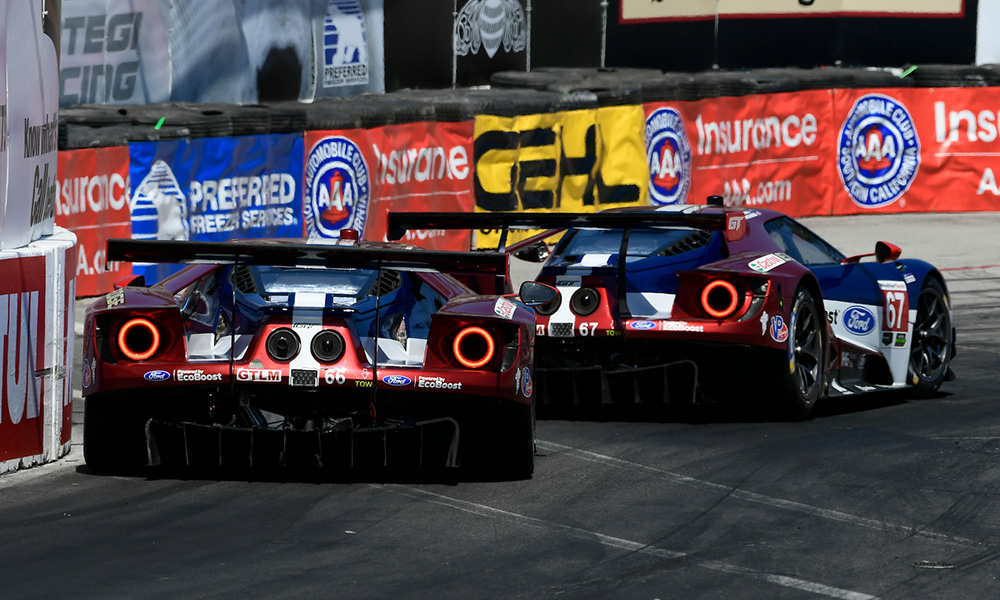
Photo: Michelin
The IMSA WeatherTech SportsCar Championship stop closest to Hollywood brings memories of movies.
For Ken Payne, technical director motorsport, Michelin North America, the scene for the Long Beach race could be the soliloquy on shrimp in Forrest Gump.
“Shrimp is the fruit of the sea. You can barbecue it, boil it, broil it, bake it, sauté it. Dey’s uh, shrimp-kabobs, shrimp creole, shrimp gumbo. Pan fried, deep fried, stir-fried,” Pvt. Benjamin Buford ‘Bubba’ Blue said in Forrest Gump.
To Payne, that sounds like IMSA team race strategies for the BUBBA burger Grand Prix at Long Beach.
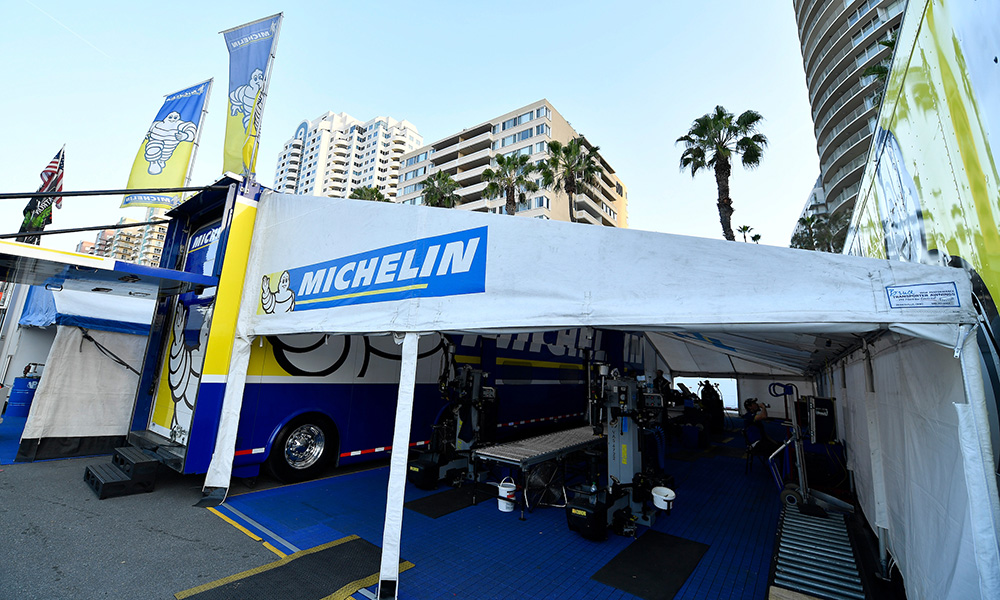
Photo: Michelin
From Longest to Shortest
At 100 minutes, Long Beach and Detroit are the shortest events of the WeatherTech Championship season.
Ironically, Long Beach immediately follows the two longest races of the season, the Rolex 24 at Daytona and the Mobil 1 Twelve Hours of Sebring.
“In the Michelin Endurance Cup races like Daytona and Sebring, teams can try different approaches. Track conditions changed including wet and dry runs. If a team went the wrong way on a plan, there was time to recover,” Payne explained.
“There is no time to recover from a mistake at Long Beach. It is typically one (stop) and done.”
The change in race length also means a significant reduction in inventory needed.
“For us, Long Beach is a very different race,” Payne said. “We had 16,000 tires, consisting of more than 30 variants, and 137 cars at Sebring, with the IMSA Prototype Challenge, the MICHELIN Pilot Challenge, all four WeatherTech Championship classes plus the four WEC classes.
“Here at Long Beach, we have two WeatherTech classes, 19 cars and about 1,000 tires including some wets.”
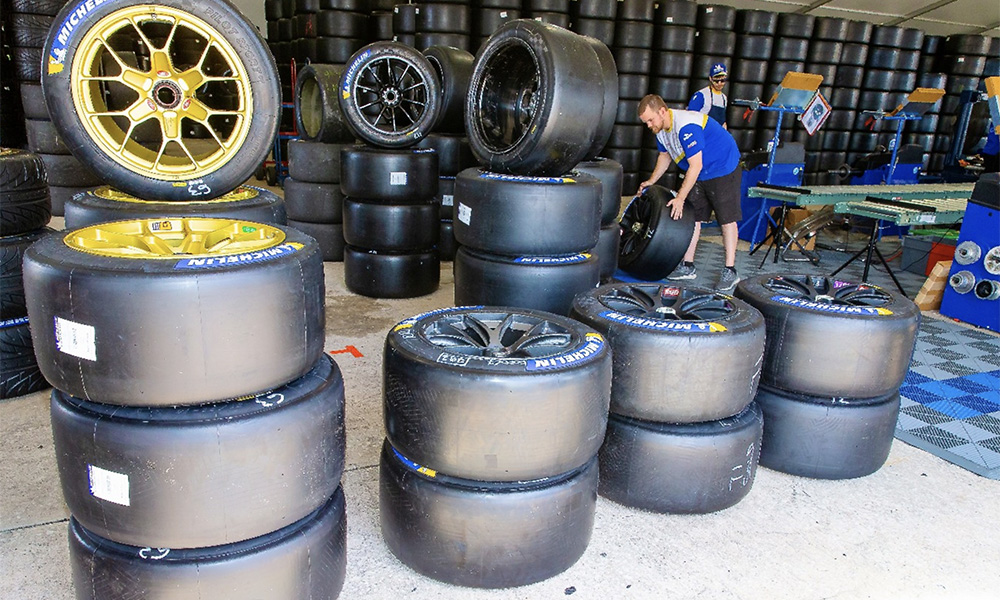
Photo: Michelin
Wide Open Strategies
At just 100 minutes, Long Beach is comparatively a trophy dash distance bringing with it lots of options for race strategies.
To paraphrase “Blue,” there’s stop early, stop late, split the race in half, one stop, two stops, single stint tires, and double stint tires.
“There’s pineapple shrimp, lemon shrimp, coconut shrimp, pepper shrimp, shrimp soup, shrimp stew, shrimp salad, shrimp and potatoes, shrimp burger, shrimp sandwich. That- that’s about it.”
For the GTLM teams, there’s soft compounds and medium compounds. There’s pit on a yellow or stay out, there’s being the first to pit and hope for a timely full course yellow or be the last and hope that there is not.
Long Beach is about timing the pit stops and catching any caution periods at the right time and requires a bit of luck.
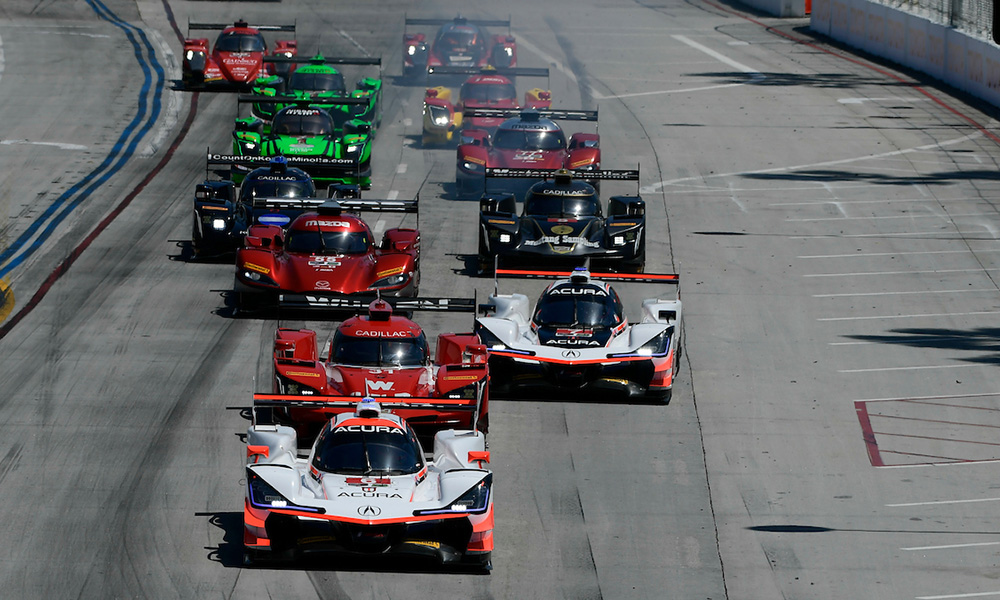
Photo: Rick Dole/IMSA
First Street for Michelin DPi
While the GTLM teams have all been here with Michelin for several years, this is the first Long Beach race and first street race with Michelin for the current DPi cars.
And with their fuel range in the 40-minute window, two stops are likely for these cars.
“The ability to work closely with each team, especially the DPi teams, will be very important,” Payne said.
“Michelin and the GTLM teams know each other and have been here before. We have years of data and experience together to draw from, but this is new territory with the DPi teams.
“We obviously can’t test here on the streets of Long Beach and track time is limited. The track conditions will change quite a bit from Friday’s early morning’s practice to late afternoon qualifying, and then change again for the race on Saturday afternoon.
“To win at Long Beach you need a well-balanced car that remains consistent under braking, is good at turn-in and especially good at power down coming of the hairpin throughout the stint Tires play a big role in all of those performance factors.
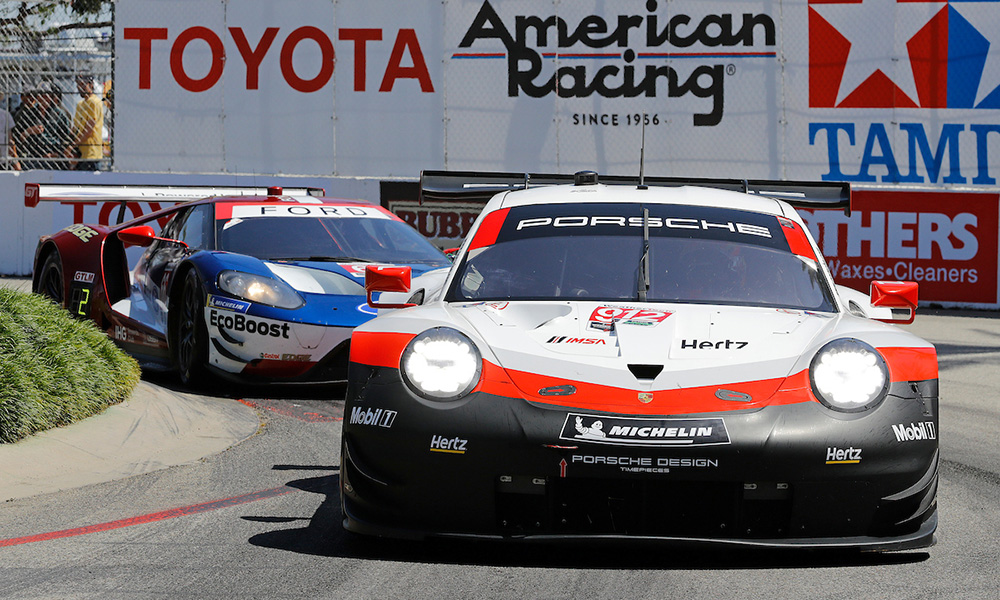
Photo: Perry Nelson/IMSA
Channeling Aggression
Time is at a premium in Long Beach. Aggression often proves key to success.
“Since the race is so short, teams and drivers are aggressive in both their race set ups and from a driver view. You want to be in position to take advantage of any passing opportunities or to defend any attacks,” Payne said.
“In a 100-minute race, you can’t wait very long to make a move. Track position is extremely important, and drivers will force the issue even if the opportunity to pass isn’t quite there yet.
“If the tires go off due to the car set-up and over or under tire inflation pressures, they will lose a lot of track position.”
The DPi cars will all be on the Michelin IMSA Medium compound tires, but the GTLM cars have a couple of options.
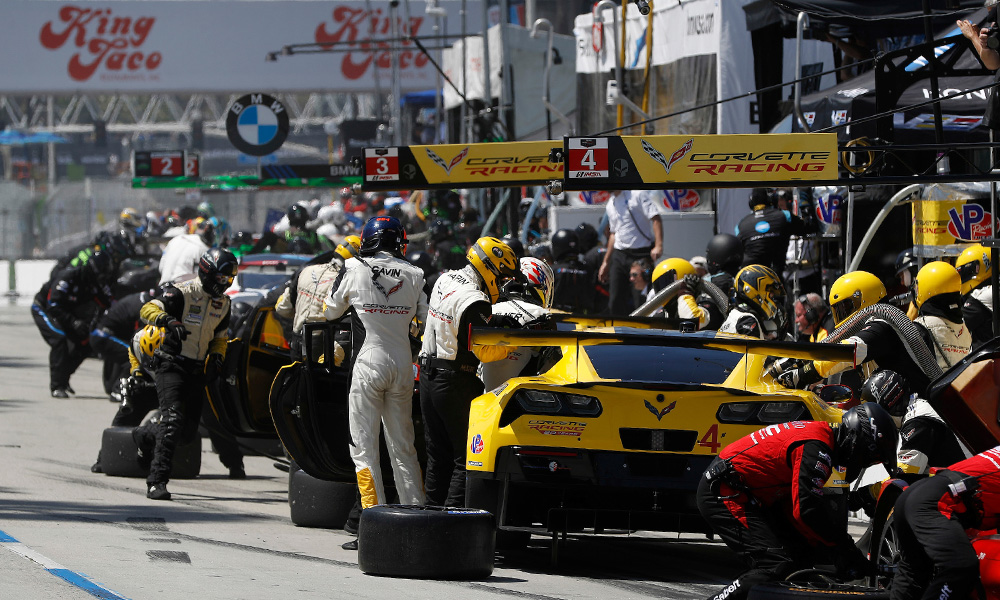
Photo: Michelin
GTLM Options
“I would expect most of the GTLM cars to qualify on their soft compound tires, but this year they must also start the race on their qualifying tires,” Payne noted.
As a result, some GTLM cars may stop early and then go long on the second stint, perhaps with the medium option. A lot may depend on the temperatures and direct sunlight on the track.
Of course, everything can change with full course cautions.
Payne also notes that some GTLM teams may take the counterview. This would mean they’d start on a medium compound tire and go long on the first stint, and then switch to softs for a short final stint.
“Through the years, I’ve learned not to try to out-guess our team strategists,” he said. “They are like brilliant master chefs who continuously develop new recipes. Our goal is to provide tires that expand their kitchen with lots of strategic spices and options.”




















